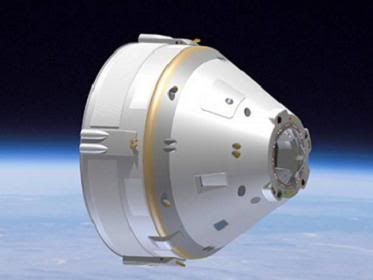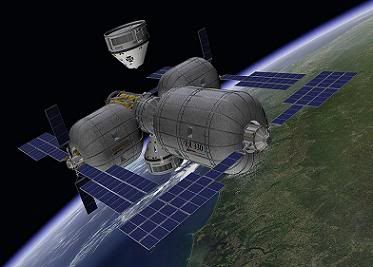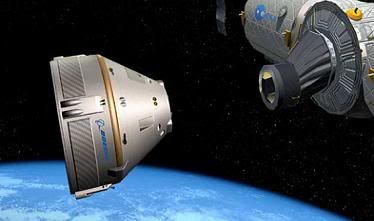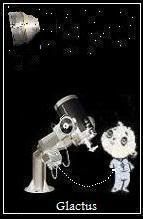Post by glactus on Jun 19, 2011 1:52:36 GMT
NASA has awarded Boeing $18 million for preliminary development of the spacecraft under its CCDev program. The CST 100 crew capsule is a spacecraft design proposed by Boeing in collaboration with Bigelow Aerospace as their entry for NASA's Commercial Crew Development (CCDev) program. Its primary mission would be to transport crew to the International Space Station, and to private space stations such as the proposed Commercial Space Station from Bigelow Aerospace.

The Boeing space capsule
Outwardly it would look much like the Orion, a spacecraft being built for NASA by Lockheed Martin. The exact dimensions have not been released, but the capsule would be larger than the Apollo command module and smaller than the Orion capsule. It would only be used for transport to and from low Earth orbit, so that there would be no need for the deep space infrastructure present in the Orion.

The Bigelow commercial space station
The CST-100 would be able to support larger crews of up to 7 people as the result of greater habitable interior volume and the reduced weight of equipment needed to support an exclusively low-Earth-orbit configuration. It is designed to be able to remain on-orbit for up to seven months and for reusability for up to ten missions.

To the ISS
The CST-100 would be compatible with multiple launch vehicles, including the Atlas V, Delta IV, and Falcon 9 heavy lift vehicles.

Looking at the Boeing capsule
Credits: These are Boeing/Bigelow images
Text by Wikipedia/Glactus
Telescope in avatar:Meade 16" LX 200
Astronomer in avatar: Glactus

The Boeing space capsule
Outwardly it would look much like the Orion, a spacecraft being built for NASA by Lockheed Martin. The exact dimensions have not been released, but the capsule would be larger than the Apollo command module and smaller than the Orion capsule. It would only be used for transport to and from low Earth orbit, so that there would be no need for the deep space infrastructure present in the Orion.

The Bigelow commercial space station
The CST-100 would be able to support larger crews of up to 7 people as the result of greater habitable interior volume and the reduced weight of equipment needed to support an exclusively low-Earth-orbit configuration. It is designed to be able to remain on-orbit for up to seven months and for reusability for up to ten missions.

To the ISS
The CST-100 would be compatible with multiple launch vehicles, including the Atlas V, Delta IV, and Falcon 9 heavy lift vehicles.
Looking at the Boeing capsule
Credits: These are Boeing/Bigelow images
Text by Wikipedia/Glactus
Telescope in avatar:Meade 16" LX 200
Astronomer in avatar: Glactus


